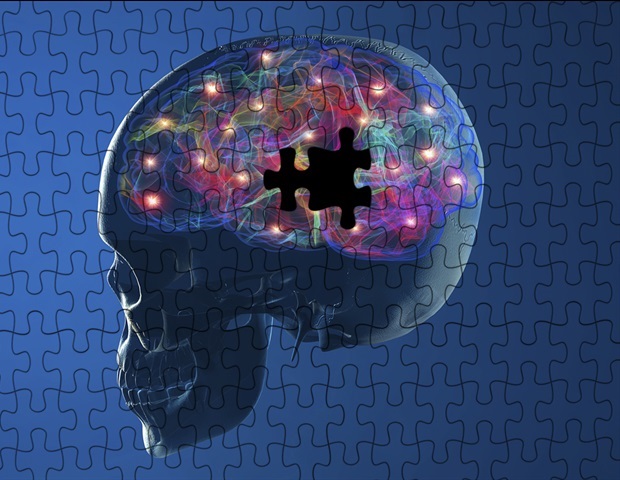julien Tromeur By Stephen Beech Liver disease patients waiting for a transplant have been offered fresh hope. A new mechanism for rapid liver regeneration triggered by a chemical messenger called glutamate has been discovered. Researchers at the Spanish National Cancer Research Centre (CNIO) in Madrid found the process in mice begins just minutes after acute liver damage occurs.
They say their findings, published in the journal Nature , open up avenues for future treatments of serious liver damage to include a diet enriched with the amino acid glutamate. The Spanish team said glutamate supplements can promote liver regeneration and benefit patients in recovery following liver surgery or awaiting a transplant. The researchers explained that activating liver regeneration is "key" to treating diseases that involve severe liver damage.

Such diseases are becoming increasingly frequent and are associated with poor dietary habits and alcohol consumption. The liver is a vital organ, crucial to digestion, metabolism and the elimination of toxins. It has a unique ability, regeneration, which allows it to replace liver cells damaged by the very toxins that these cells eliminate.
But the liver stops regenerating in cases of diseases that involve chronic liver damage, such as cirrhosis. Learning to activate liver regeneration is, therefore a top priority, to benefit mainly patients with severe liver damage and also those who have had part of their liver cut out to remove a tumor. The CNIO team say the previously unknown mechanism of liver regeneration is triggered very quickly, just a few minutes after acute liver damage occurs, with glutamate playing a key role.
julien Tromeur Study senior author Dr. Nabil Djouder said: “Unhealthy diet and lifestyle can affect liver regeneration. "Our results describe a fundamental and universal mechanism that allows the liver to regenerate after acute damage.
"These results may also help improve liver regenerative capacity in patients with severe liver damage, such as cirrhosis, or those who have undergone partial resection in surgery to remove a tumor.” Liver regeneration was known to occur through the proliferation of liver cells, known as hepatocytes. But the molecular mechanisms involved were not fully understood.
The new discovery describes communication between two different organs, the liver and bone marrow, involving the immune system. The results show that the liver and bone marrow are interconnected by glutamate. After acute liver damage, liver cells, called hepatocytes, produce glutamate and send it into the bloodstream.
Through the blood, glutamate reaches the bone marrow, inside the bones, where it activates monocytes, a type of immune system cell. The research team explained that monocytes then travel to the liver and along the way become macrophages – also immune cells. Dr.
Djouder said: "The presence of glutamate reprograms the metabolism of macrophages, and these consequently begin to secrete a growth factor that leads to an increase in hepatocyte production. "In other words, a rapid chain of events allows glutamate to trigger liver regeneration in just minutes, through changes in the macrophage metabolism." He described it as “a new, complex and ingenious perspective on how the liver stimulates its own regeneration.
” The experiments were conducted in animal models, but the results have been tested with bioinformatics tools, using databases of mouse and human hepatocytes. Dr. Djouder said: "Dietary glutamate supplementation may simply be recommended in the future after liver extirpation, and also to reduce liver damage caused by cirrhosis, which is common in patients with poor diet or unhealthy lifestyle or other serious liver diseases.
” Study first author CNIO researcher María del Mar Rigual added that another goal for future studies is "exploring further the possibility of using glutamate supplements in humans who have undergone liver resection for tumor removal.”.
Health

New treatment offers liver disease patients awaiting transplant hope

Liver disease is usually associated with poor dietary habits and alcohol consumption.















